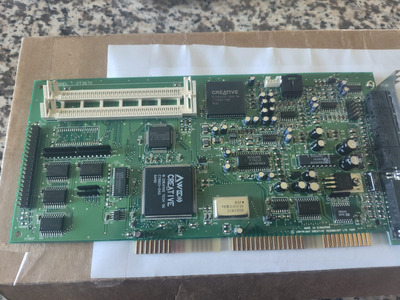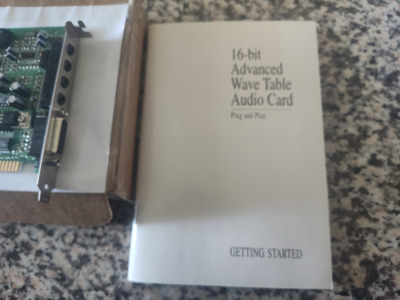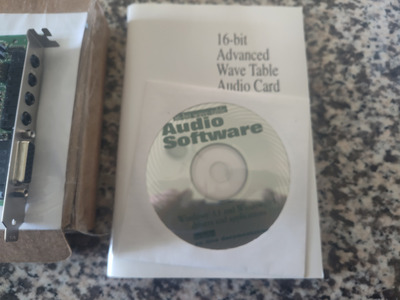The data that can be flashed on these cards is not the firmware (which is integrated in the CT8903 chip), but the plug-and-play identification data in the EEPROM U21. The CT8903 is the same "digital-part of AWE32-in-one" chip that is also used on AWE64 cards, so the idea of converting that card into an AWE64 cards makes sense.
The key difference between the "32-voice" AWE32 and the "64-voice" AWE64 is not any hardware difference. The AWE32 wavetable synthesizer (the EMU8000 chip, which is integrated as part of the CT8903) has 32 logical voices, some of which are not available for music playback, but used for internal system purposes. This hardware synthesizer is identical on the AWE32 and the AWE64. The extra 32 voices of the AWE64 are due to Creative shipping a 32-voice software synthesizer using a method called "WaveGuide synthesis" (minimum system requirement: a Pentium processor). The software synthesizer can add 32 voices on top of the "32" hardware voices. As these two synthesizers are entirely different General MIDI synthesizers, the same instruments sound different on the AWE32 wavetable synthesizer and the WaveGuide synthesizer, so the voices do not get dynamically allocated to whatever synthesizer currently has spare voices, but you can set up a mapping what instruments should be played on which synthesizer.
I am not sure whether the WaveGuide software synthesizer software checks the device ID of the installed Soundblaster card for being "AWE64" branded, but it surely might do. In that case, the AWE64 card is a hardware dongle used to unlock the WaveGuide synthesizer, and reflashing your device identification data to that of an AWE64 card will allow the WaveGuide synthesizer to run on your system. As this card has not been sold as AWE64, Creative will also not have payed license fees for the WaveGuide synthesizer to Seer Systems, so its technically piracy to use that software with your AWE32 card. Apart from possibly unlocking the WaveGuide synthesizer, there is no advantage of changing the card identification data.
As you correctly state, the card identification data lists all the components of the cards. The card identification data of similar AWE64 cards do not include an IDE port, so the BIOS or operating system has no idea that there is an IDE on your card that could be enabled by configuring the Plug-and-Play interface correctly, and thus the IDE interface disappears. If you want to get rid of the IDE interface in the device manager, you might also want to use the AWE64 card identification data instead of the AWE32 card identification data.


